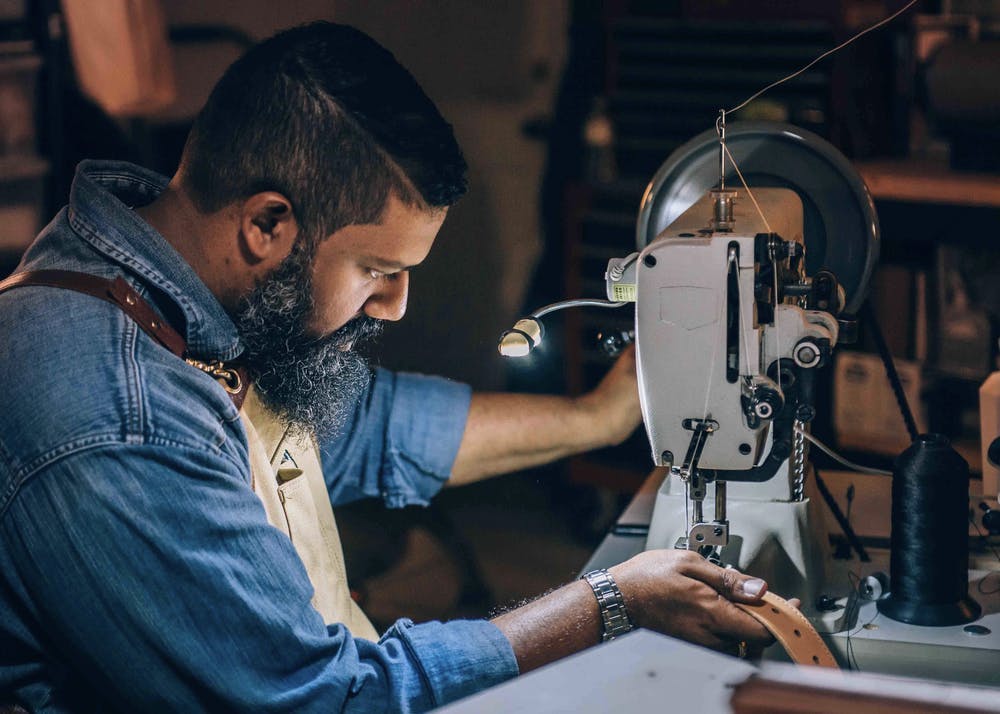
On the brief occasion where we may glance at the tag on our clothes, perhaps to check laundry instructions or the size, the label tells us the origin of our clothing.
China has a population of almost 1.4 billion, and covers 9.5 million square kilometers, not to mention, India houses 1.3 billion people and has 29 states within the nation. How can the abrupt mention of such large countries give us any insight into where our clothes are really made, by who, and under which conditions?
A recent news article shed light upon a new social project in Lima, Peru, where prisoners are being integrated into the fashion supply chain: responsible for cutting, sewing and printing clothes items. In China and India, child labour is far from abolished, with some fashion producers struggling to identify and monitor the prevalence of underage workers in their factories.
Locally in the UK, despite a lockdown being imposed in the city of Leicester, some garment factories remained open against government regulation, with workers being forced to come into work. Many workers were obliged to continue as normal even after testing positive for coronavirus, putting those around them at great risk. These garment factories are responsible for the production of some of the largest fast fashion retailers in the country and as demand continues to grow with shops now open, and online orders surging; us, the consumers, are partly accountable for putting these workers’ lives at risk.
Clearly, the people making each item of clothing we own come from such diverse backgrounds, have different stories to tell, and experience disparate working environments. As consumers, the more we care about who produced our items of clothing and where, the more retailers and fashion houses must reassess their practices and become more transparent about the journey of each item.
Organisations like ‘Labour Behind the Label’ have been at the forefront of campaigning for garment workers’ rights worldwide and have shed light on these unethical practices, especially during the pandemic, triggering further investigations and enforcement. As consumers, we are the ones funding these brands who perpetrate unjust and exploitative work practices. Therefore, it is important that we use resources like Labour Behind the Label’s website to not only advocate for garment workers’ rights, but also to rethink our purchases and keep ourselves well informed of brands’ commitment and delivery of sustainable practices.
The next time you look through your wardrobe, take the time to raise the important questions: what untold stories does this item of clothing hold? Where does it come from and who produced it?